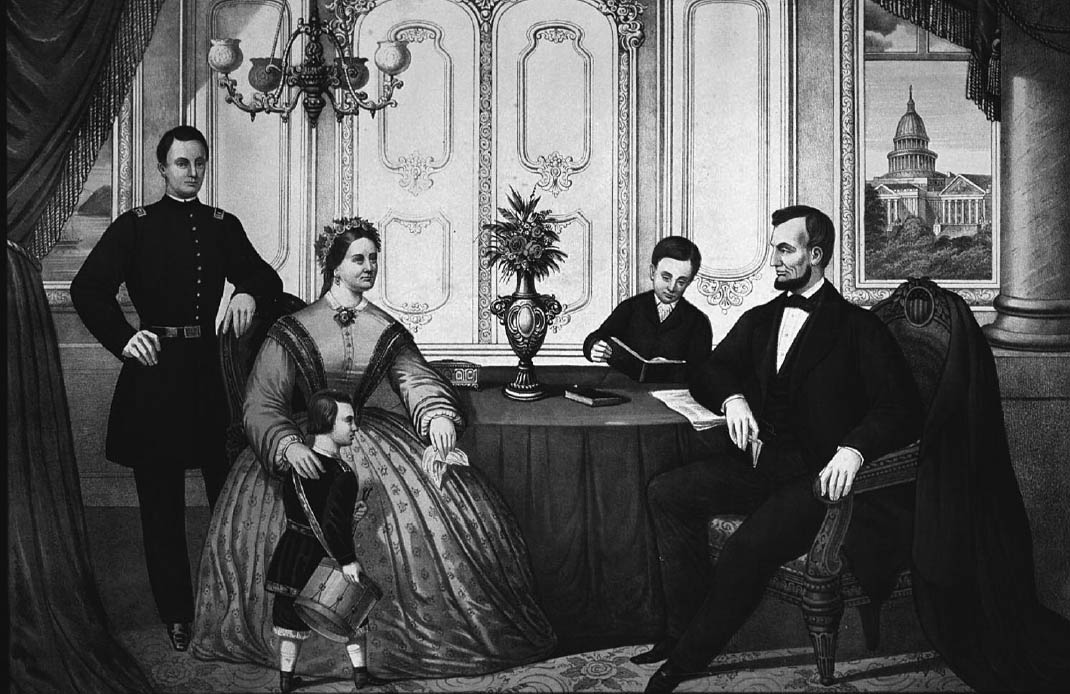CONNECTIVE TISSUES: ETHICAL GUIDELINES FOR BIOHISTORICAL RESEARCHNANCY BUENGER
4 SOCIAL CONCERNSThe social implications of biohistorical research encompass cultural, ethical, and legal considerations. The social concerns of living family members have not received adequate attention in recent bioanalytical studies of historical celebrities (fig. 4). Biohistorical investigations of Native Americans and African Americans have generated national debates concerning cultural affiliation and consent. The potential negative consequences of biohistorical knowledge production as well as the proprietary or commercial interests of investigators should be identified. Research with the living is subject to institutional and federal human subject regulations for informed consent and confidentiality, but amateur biohistorical investigators can circumvent these requirements. Biohistory often involves an identifiable subject, and genetic analysis of tissue can reveal information about the paternity, health status, and predispositions of family members (Nelkin and Andrews 1998; Andrews et al. 2004). Retired pathologist Eugene Foster did not publish consent and confidentiality provisions in conjunction with his 1998 comparative Y-chromosomal study of the descendants of Thomas Jefferson and his slave Sally Hemings, although he published his subjects' genetic sequences. The private lives of the Jefferson and Hemings families were disrupted by the intense media coverage generated by Foster's study, which improperly discredited some African American descendants' long-standing belief that they were related to Thomas Jefferson. The results of the genetic analysis were inconclusive. Studying male-line descendants of two Hemings children and Jefferson's paternal uncle, researchers determined that Hemings's youngest child, Eston, shared a common haplotype with the Jefferson descendants, but no match was found for descendants of Hemings's eldest son, Thomas Woodson. Foster concluded that “the molecular findings fail to support the belief that Thomas Jefferson was Thomas Woodson's father, but provide evidence that he was the biological father of Eston Hemings Jefferson.” Illegitimacy among the descendants of Thomas Woodson could readily account for the variation in haplotypes. Other Jefferson relatives could have fathered Eston, including a slave offspring of a Jefferson relative. Lacking substantive historical evidence, the study protocol was inappropriate for determining the paternity of Hemings's children—the only supportable conclusion was that some Jefferson and Hemings male-line descendants had common relatives (Foster et al. 1998; Davis 1999; Andrews and Nelkin 2001).
Princeton Hospital pathologist Thomas Harvey has been criticized for failing to obtain consent for his studies of scientist Albert Einstein's brain, published in the 1990s. Harvey removed Einstein's brain during his 1955 autopsy, divided it, and distributed samples to several colleagues, although Einstein had expressly rejected the use of his body for scientific research and his family assumed that his entire body had been cremated. Unauthorized use of body tissues can also violate religious beliefs. Orthodox Jews believe that the body must be buried whole;rabbis requested Einstein's brain for burial so that the scientist could rest in peace (Anderson and Harvey 1996; Nelkin and Andrews 1998; Witelson et al. 1999). Other individuals may object to the patenting of body tissues or their use by for-profit enterprises such as StarGene or documentary filmmaking companies. Anthropologists have grappled with the problem of obtaining consent for research with the dead, which is exempt from human subject regulations. Some form of proxy consent for the deceased is recommended, typically from culturally affiliated living descendants. Identifying appropriate individuals or groups who can provide proxy consent is difficult at best. Most discussions of consent for research with the dead have considered indigenous peoples. Protections developed for these populations are difficult to apply to less cohesive communities, especially when they lack recognized political authorities (Kaestle and Horsburgh 2002). The results of genetic studies may have implications for group members even if they did not participate in the research. The debates surrounding biohistorical analysis of “Kennewick Man” and excavated remains from New York's African Burial Ground highlight the continuing potency of human remains as symbols of cultural integrity and colonial oppression. When Native Americans opposed the investigation of a skeleton excavated near Kennewick, Washington, a group of scientists argued that its measurements were inconsistent with previously documented local historical indigenous remains. In an ongoing legal dispute, Smithsonian Institution anthropologists have implied that cranial dimensions should trump notions of cultural affiliation (Bonnichsen 1997, 2002, 2004). The excavation of New York City's colonial African Burial Ground became a microcosm of African American concerns regarding racism and economic exploitation. Members of the black community objected to white researchers' analysis of bones from the burial ground, anticipating interpretations that would reflect white social stereotypes, and they eventually gained some control of the project (Harrington 1993). While Native American communities are often opposed to scientific analysis of human remains on religious grounds, many African Americans have expressed considerable interest in biohistorical research to obtain additional information about their ancestry. The mixed genealogical heritage of many cultural communities, particularly those of colonial-era Native American and African American slaves, complicates notions of cultural consent and control of biohistorical investigations.
|

